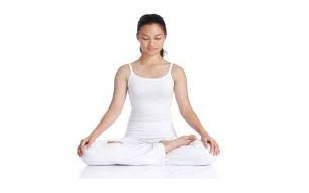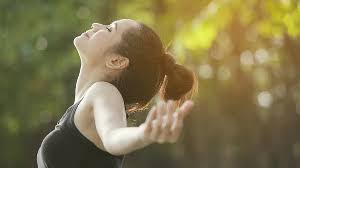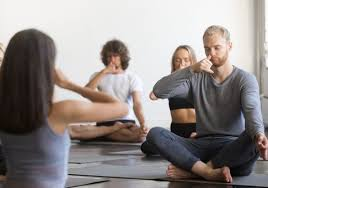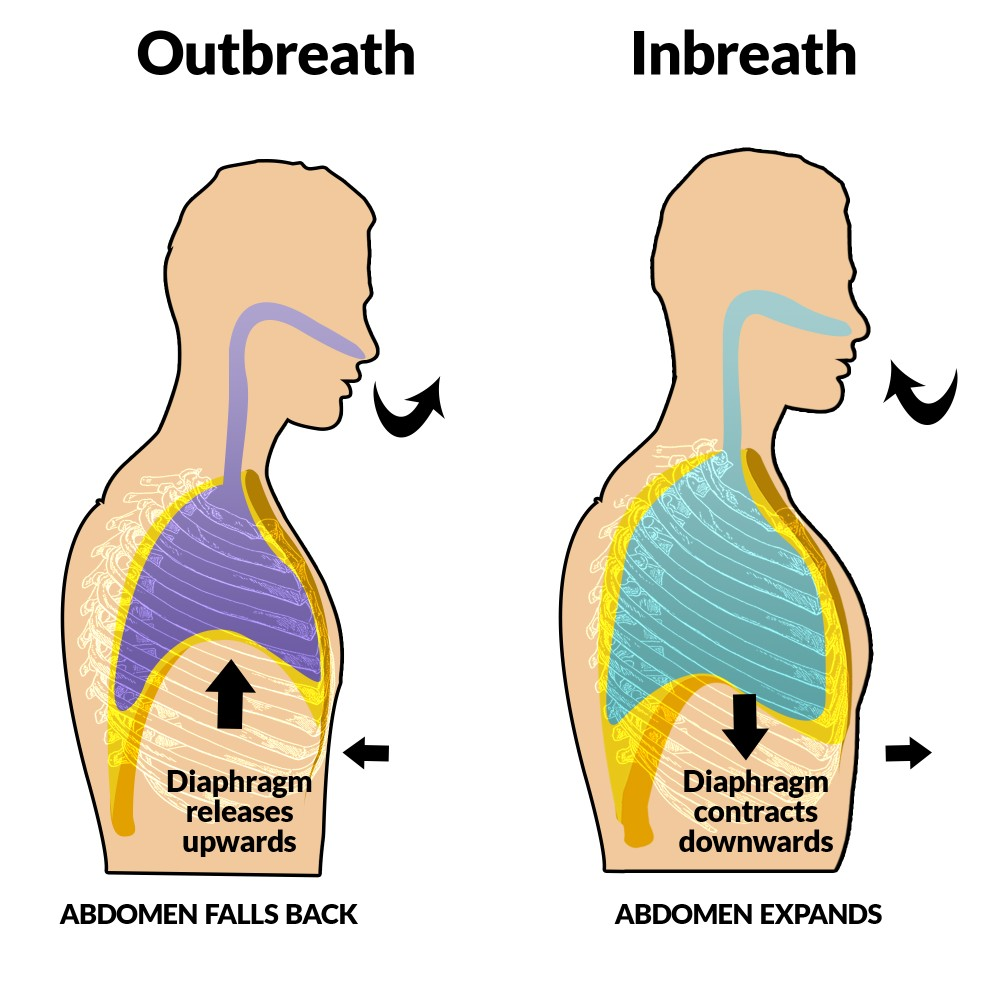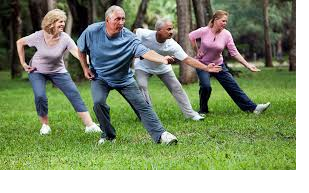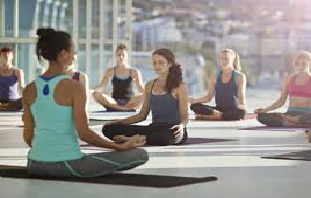One inspired morning I decided to meditate, so I sat cross-legged and set my timer for 15 minutes. Less than two minutes later, I rolled up my yoga mat, discouraged and unable to sit still.
So much for that … and several attempts after that.When I expressed my frustrations to my friend, she encouraged me to attend a 10-day Vipassana retreat in which I’d commit to total silence for the entire time.
I laughed in disbelief. If a two-minute meditation was difficult, then a silent meditation retreat would be like more difficult and prepare my self.
And then it hit me. As an athlete, thinking of mediation as made sense: If I wanted to get good at meditation, I’d need to train. I would also need guidance and support. So, with trepidation, I signed up for a local one day meditation retreat.
Though I walked into the retreat with trepidation, I was surprised to find that some of my preconceived notions of meditation were keeping me stuck. If you, too, have struggled to start a mediation practice, perhaps letting go of these common misconceptions could make all the difference.
1. You must sit cross-legged.
This belief alone was enough to destroy my first attempt at meditation. As an athlete with very tight hips, sitting cross-legged for any period of time (even on a bolster) becomes very uncomfortable, very quickly. It’s hard to focus on breathing and calming your mind when your hips are screaming at you!
I was delighted to discover that you can meditate in many positions; lying down, sitting in chair, standing, even walking or floating! Meditation is something you can do pretty much anywhere. I now find myself meditating in variety of places … on my terrace, in my office, even standing in line at the grocery store, mall, train, garden, in crowd place, beach, other many more places..
2. You must think of nothing.
A clear mind is a great goal, but chances are you won’t tame your monkey mind right away. As you get started with meditation, your mind will wander. Don’t get frustrated! Remember, you have to train persistently to reach the summit. Meditation is about reigning in your mind when it strays. Let the monkey play, but gently remind it who’s boss. Means you likelike boss your thoughts, mind and its called habit. And daily meditation change your habit and life and life became easy and happy. .
3. You must sit in complete silence.
Silence can be a very uncomfortable place for the monkey mind. A bit of guidance can do wonders for keeping your mind on track. Guided meditation simply means that you have a teacher (either a class or a recorded audio) leading you through your meditation practice. Guided meditations often use visualization exercises such as full body relaxation. A guided visualization that I’ve particularly enjoyed is called “earth breathing,” which involves visualizing your body sinking into the ground. You can also get a little crazy with this and visualize yourself jumping out of a plane and falling towards the earth. This meditation visualization offers a wonderful sensation of grounded body and lightness of mind. Silence is more effective in meditation because you meet self and their self realization. .So wonderful experience..
4. You need a lot of time.
We’re busy people! Few of us have large chunks of time to devote to meditation. Good news! Even just 60 second ,90 second, 120 second, 150 second is enough time to meditate. Place one hand on your heart, one hand on your tummy and focus on taking 3 long deep breaths. You just did a short, yet powerful, meditation! And also breath meditation to you focus only breath and calm, relax also third eye meditation to concentrate your head in between third eye its very simple, easy method.. As per follow anyone
5. You must sit alone.
Though many people meditate alone, group meditation is a wonderful way to get started. If you were training to climb a big mountain, then you might consider joining a hiking group. Same goes for meditation. A meditation class or group is a perfect place to find support and accountability. You’re much less likely to get frustrated and give up if you’re surrounded by people who are encouraging you to keep trying.
Congratulations, you’ve officially left meditation champion, Oh yes, your monkey mind will still play, but with practice and persistence, you’ll slowly make your way to your personal meditation summit. And your personal growth and outer behavior totally depends on meditation so safe and happy journey welcome to meditation world..
Remember to enjoy the journey! Journy is so far….and last not least every genious, and sucssesful people do the daily meditation . Meditation is success of key. .open key and you became sucssesful …..




